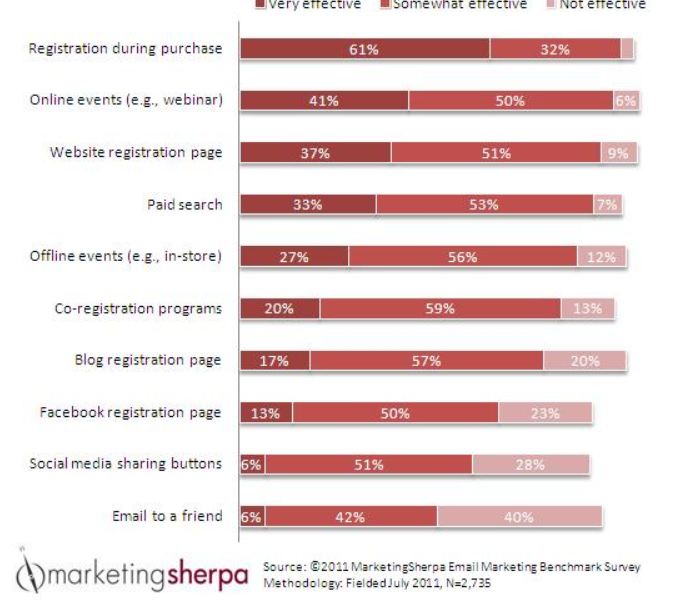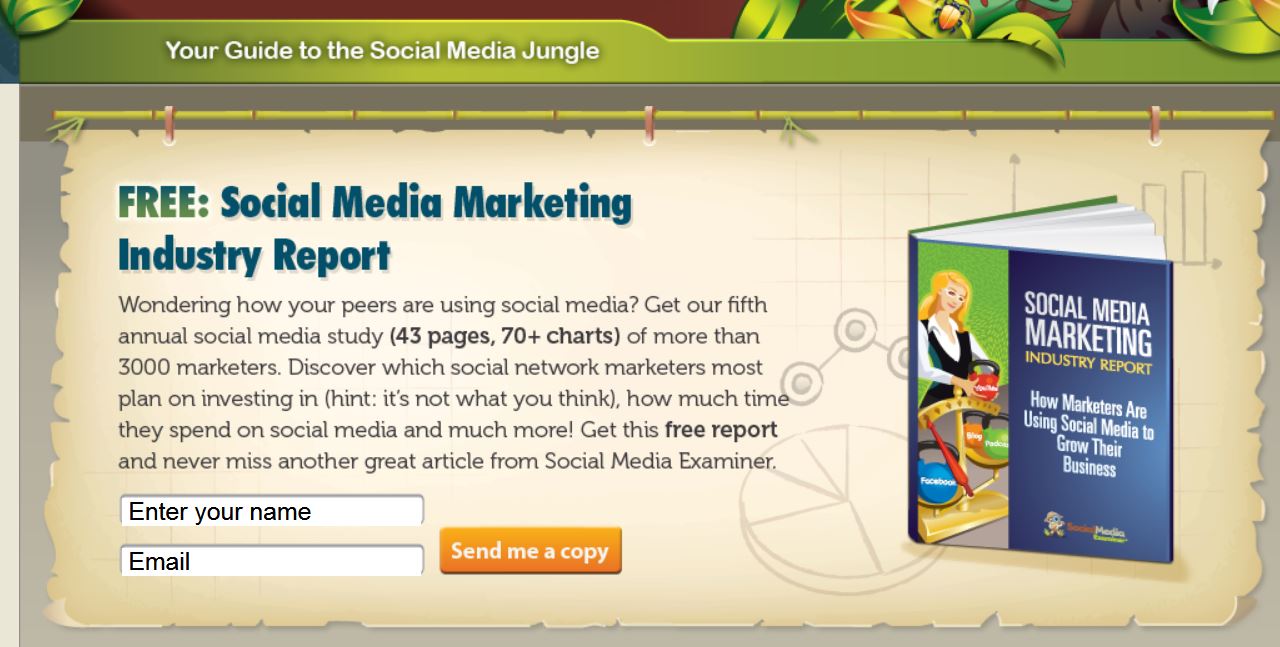Advice on staying in touch, growing email databases and content marketing.
A recent trip to the Hootville post office box uncovered a quarterly alumni magazine from a secondary school attended for eight months several decades ago. The next day a quarterly appeal letter from a hospital appeared. Brett had spent three hours at the hospital six years ago, two of those hours unconscious. Despite the historic and transactional basis of the ‘relationships’ the school and the hospital act like it has a bestie in Brett. They do not but they are staying in touch anyway. That’s good marketing.
The erstwhile marketers at these institutions (both private, elite operations in search of money) know that it’s easier to keep a relationship alive (no matter how weak) than start a new one with a stranger. Once a well-marketed organisation comes into contact with someone, they never let them go. At least not until the recipient severs the relationship.
- Once you come into contact, never let them go. Even if they have the United States of America to run.
An important question – think of all the people who came into contact with your organisation over the last three years. We’re talking about clients, ex-staff, students, those who attended events, called the helpline, volunteered, inquired about employment or made a donation. We’re talking about reasonably significant contact. Add all the fellow professionals met along the way at conferences or during joint projects. Now add politicians, bureaucrats and journalists you’ve dealt with.
What percentage of these people do you regularly contact?
If your answer is less than 75% you need to read this. Hell, read it no matter what your answer but if your answer was below 40% we really need to talk but don’t feel bad – we recently trained a VET education provider and a secondary school each of which kept in contact with 0%.
It’s easy to presume that once met, you’ll never be forgotten. That ain’t so. Even donors who specifically choose to support you can forget about you. Former casual staff can forget to recommend you to the right people at the right time. For event attendees, clients, journalists and fellow professionals the truth is that you will quickly be forgotten if you don’t make the effort – and have the confidence – to stay in touch.
Some rules about staying in touch:
You needn’t stalk people but less than four contacts a year is probably too few. Absence does not make the heart grow fonder.
You needn’t overwhelm people when you make contact – a quick light touch is enough.
Do not worry about annoying people – people who deliberately cut off contact with you for ‘over-communicating’ were unlikely to be true supporters anyway. Organisations with something to say, pride and a desire to gain influence communicate.
More on over-communicating:
- The NAB know you want to hear from them.
Does anyone here think that the marketing team at NAB worry that they will be over-exposed? People HATE banks, are FORCED to use them, are LOCKED in to banks due to mortgages and direct debits yet NAB will STILL find new and expensive ways to stay in touch. You will never hear its marketing czar say: “Well we’re a household name, we have 4200 branches, TV, print and radio advertising, an online team, sponsorships of sporting teams and entire competitions and we mail out 1.2 million pieces of direct mail a week. Maybe we’ll ease off a bit.”
Nor should you.
What’s the best way to stay in touch on a light but regular basis? You want an option that is cheap, quick to execute, effective, measurable and effective. Social media? Good luck with that – are you really going to get everyone to follow you on Facebook? Anyway you know from previous posts that Facebook HATES spreading your content to the people who like you. Twitter? Puh-lease – most people aren’t on it anyway. Direct mail is an option but it is costly and doesn’t allow you to see who reads your content. And putting together a print publication is usually a saga akin to childbirth. Maybe you could telephone them but that can seem intrusive and is labour-intensive.
Nope – this is a job for email – affordable, simple, measurable and commonly-used email which brings us to our next question:
For what percentage of people do you have email addresses? If it’s less than 80% you need to look at how you gather email addresses.
The graph on the below is compiled by Marketing Sherpa and shows how your fellow marketers gain and grow their email database.
- There are many ways to grow the base.
Far and away the winner is “registration during purchase” which means that as part of the process of buying / registering / booking an email was provided. (Airlines are great at this.) Do you ‘encourage’ this during your transactions? And does the marketing team get access to the emails?
You can have a artfully designed template, attention-grabbing copy and offers a-plenty but your eMarketing efforts will never live up to their potential unless you actively seek to grow your database. Databases need a champion. Growth should be publicly measured. Marketers are excited to see growing Facebook likes and Twitter followings but email databases can stagnate with little loss of face.
Content marketing
One strange omission from table is “content marketing” by which we mean that an email is gained as part of the process of a website visitor downloading a resource – often a free eBook or whitepaper. This form of content marketing represents a HUGE opportunity for organisations such as yours which has expertise, credibility and a mission to help. And as we said – people are only too willing to give an email address as part of an exchange in which they see value. Why give away your fact sheets without an email in return?
- You have knowledge. Offer something of value. Watch the emails stack up.
You can’t depend on people registering themselves on your website. At best this will be a slow trickle. You need to lure people into adding themselves and free, helpful, practical, quick-to-read content is a great way to do it. Content creation is hard but can be outsourced. And remember that the right content can be luring new subscribers to your databases for years.
Consider list-based documents such as:
- 12 ways to…
- 7 mistakes to avoid when…
- How to…
- So you’ve just been diagnosed with…
- Subject X – the facts.
- An introduction to…
- Meet 9 people just like you.
- The combined wisdom of last year’s class.
Be helpful, not boastful. Be visually appealing, with images, graphs and captions. Make content easy to read with less text and simple summaries. 12 pages is plenty. An alternative to a publication is a on-demand webinar or slideshow.
Summary:
Stay in touch.
Use mass email to stay in touch.
You should get the email addresses for 90% of the people you contact over a given year. Find ways to achieve this – send people pre- and post- surveys or questionaires. Send receipts and notes via email. Take bookings and payments online. Just ASK.
Send short, sharp, useful email contacts.
Accelerate database growth by offering content in exchange for an email address.
Finally: The Hootville Lowdown is an example a short, useful email that keeps an organisation in touch. Trust us – it works. Now for goodness sake – if this story was any use to you, please share it.




